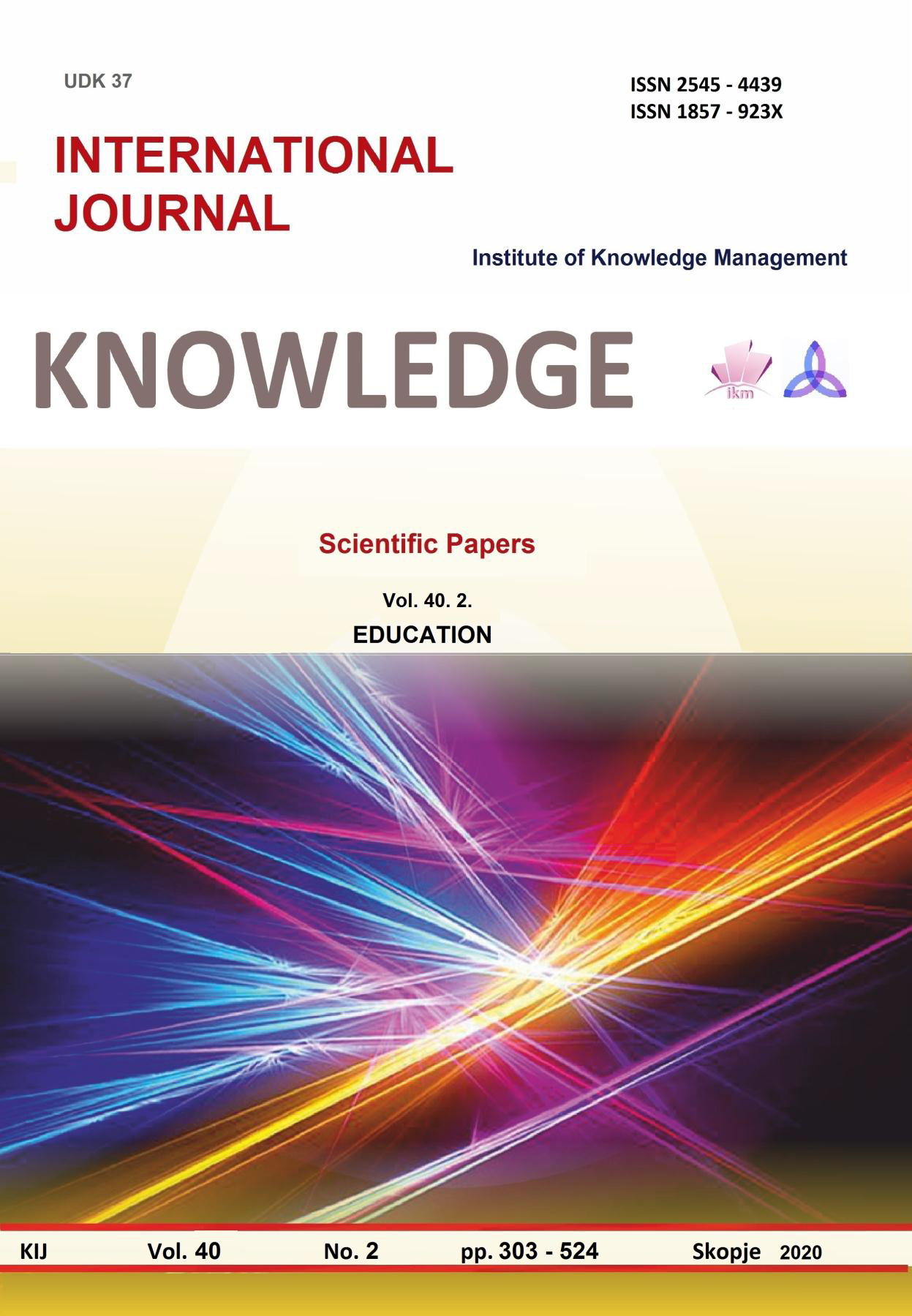ПОТЕНЦИАЛ НА ВИРТУАЛНАТА КЛАСНА СТАЯ В ОБУЧЕНИЕТО НА УЧИТЕЛИ
THE POTENTIAL OF VIRTUAL CLASSROOM IN TEACHER TRAINING
Author(s): Veronica RachevaSubject(s): Education
Published by: Scientific Institute of Management and Knowledge
Keywords: virtual classroom; teacher training; synchronous teaching; ICT
Summary/Abstract: Virtual classroom is an environment for virtual learning, in which learners and tutors participate in ―online‖ interactions. The virtual classroom allows the tutor and the learners to participate in real-time learning activities. Everyone logs in at a set time and can communicate directly with the instructor and with each other. Course length is usually fixed for a specific amount of time - from a single session to several weeks, months, or even years. Synchronous virtual learning is, in many ways, similar to a physical classroom. For example, both physical and virtual classrooms allow for immediate feedback, interactions with instructor and peers, and guided exercises to motivate and increase student learning. This paper will discuss the potential of synchronous virtual classroom in teacher training. It explores whether the virtual classroom can be a successful substitute of the traditional classroom instruction in training teachers to use information and communication technologies (ICT) in their classrooms. For this purpose, we worked with 60 preschool- and schoolteachers, participating in a training, delivered in 2 modules. The first module was delivered by blended learning approach – the participants had lectures in a traditional classroom combined with self-paced learning activities using an asynchronous virtual learning environment. The second module was delivered fully online – the instructor-led training activities was conducted in a virtual classroom and the self-paced activities was provided in the same asynchronous learning environment. After the training, the participants completed a survey to share opinions based on their experience in the training. They had to assess the quality, benefits and limitation of the live online instructor-led interaction compared to the traditional classroom experience. The main findings summarize that the participants consider high quality of online interaction due to the real-time communication with their lecturer and colleagues, the possibility to see and interact with the learning content on the online whiteboard, as well as to participate in collaborative learning activities. The key benefits that the respondents report are that the virtual classroom allows them to apply their knowledge in real time and contribute to the session with their experience, the flexibly to save time and money for travelling and attend the training from their home or other convenient place, the option to have session recording and rewind the content any time they need to. The limitations are related to the potential technical problems they can experience. Last but not least, the teachers shared that the virtual classroom provides an abundance of opportunities and stimulates teacher‘s creativity and development of new professional skills
Journal: Knowledge - International Journal
- Issue Year: 40/2020
- Issue No: 2
- Page Range: 379 - 385
- Page Count: 7
- Language: English, Bulgarian

